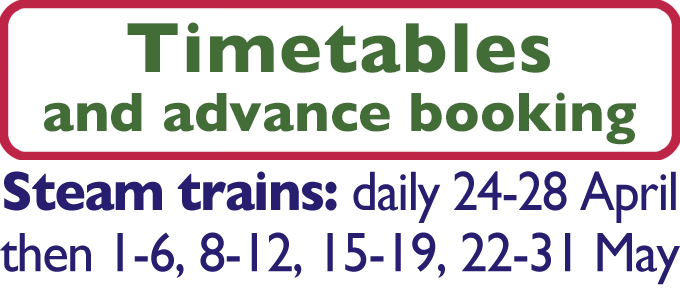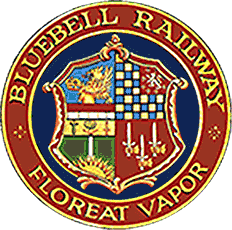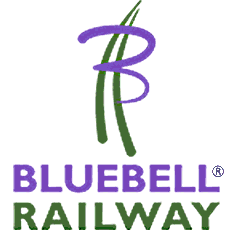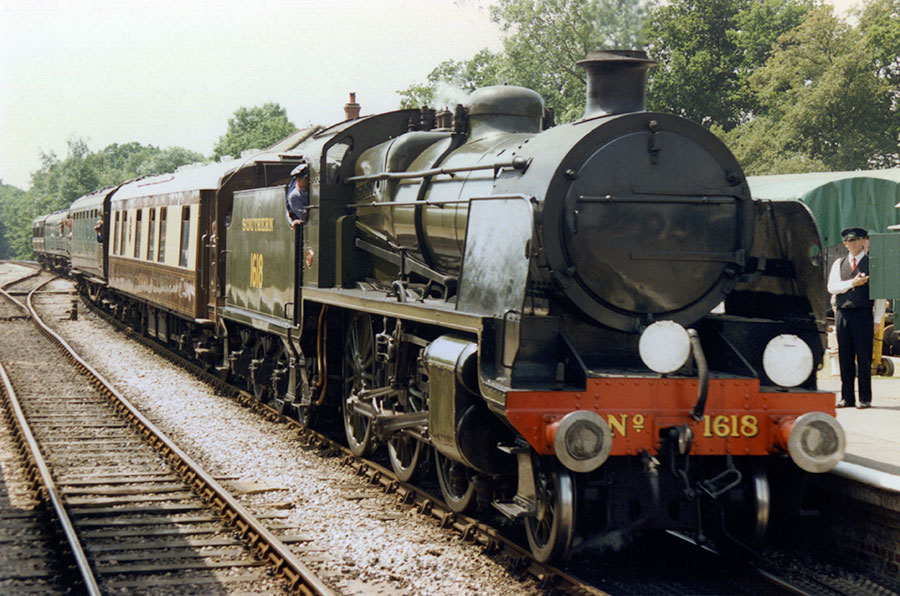Richard Maunsell had prototyped his N-class 2-6-0 (with 5' 6" driving wheels, intended for goods traffic) and K-class 2-6-4 Tank locomotives (with 6' diameter driving wheels, intended for passenger work) during his time as Chief Mechanical Engineer (CME) of the SE&CR (South Eastern & Chatham Railway). They were thoroughly modern locomotives for their time, with tapered boilers which steamed well, and performed very efficiently. Under a 1917 Government plan they were destined to become a standard locomotive to be used across the entire country, although the suggestion that the railways might be nationalised was not seen through at that time, and in 1923 instead the "Big Four" companies came into being at the Grouping. The SE&CR joined with the Brighton and South Western companies to form the new Southern Railway, Maunsell was to be the overall CME, and these designs (along with 3-cylinder variants) were set to become the first standard Southern designs.
Taking a step back, towards the end of 1919 the Ministry of Munitions sought railway work to avoid unemployment as armaments manufacturing was scaled back following the end of the First World War. A somewhat chaotic plan saw an order placed with Woolwich Arsenal to construct 50 N-class locomotives. However, the SE&CR decided they did not want them, and Woolwich did not build the boilers (110 instead being built by three railway locomotive contractors). Eventually 100 of the kits of parts constructed were sold, two batches to railway in Ireland (some completed with 6' diameter wheels) and 6 sold to the Metropolitan railway, in addition to 50 sold to the Southern Railway as N-class locomotives, and the SR also bought spare boilers and other components left over at the end of the process, used to create 3-cylinder N1s, and Ks and Us.
The K-class tanks were good engines, and in SR days were named after rivers, a batch of 10 being built at Ashford, including one (class K1) with three cylinders, and another batch of them ordered from Brighton Works in 1925 (with authorisation also for a further 20). But they were hampered by a lack of range for non-stop running (due to just carrying 2,000 gallons of water in their tanks) and more seriously by bad riding. The latter issue came to a head in the Sevenoaks disaster in August 1927 when No. A800 'River Cray' derailed, and with 13 people killed and 43 injured, there was much adverse publicity about "The Rolling Rivers". The entire class (including the sole K1 No. A890, which had itself derailed twice) were taken out of service. After extensive trials, both on the western section of the Southern, and the LNER, it was concluded that the tank raised the centre of gravity too much, and when running over poorly ballasted track, oscillations could build up as the water in the tanks moved to and fro. This resulted in the decision to rebuild all the tank locomotives as U-class 2-6-0s, with tenders.
So the story of the origins of the U-class is a complex one, with some built (at both Ashford and Brighton) as tank locomotives, converted to tender engines, some ordered and part constructed before the change to tender locomotives was made, some parts coming from Woolwich, and finally 20 U1-class (with three cylinders) being built at Eastleigh. Those U-class locomotives built as such could be distinguished from the ones rebuilt from tanks by their higher running plates, and consequently smaller splashers.
The rebuilds and the first 20 built as Us (including 1618) received straight-sided 3,500 gallon tenders. The final batch received 4,000 gallon tenders with a turned-in top section. In addition, 20 original 3,500 gallon tenders were swapped for new 4,000 gallon ones when the Q-class was built in 1938-9, with the new 0-6-0 locomotives taking the old (smaller) tenders. These larger tenders went to Nos. 1610-1629. Photos however show 31618 with a smaller tender by 1962, and this is what it now has, appropriate also to its 1930s condition.
A further variation within the class came in the late 1950s when some locomotives required new frames, and also received new cylinders with outside steam pipes. That this work was considered worth doing is a testament to a design which was by that time essentially 40 years old. Also in the 1950s some locomotives received BR Standard 4 blast pipes and chimneys.
No. A618 was one ordered as a River (it had been allocated the name 'River Hamble'), but built as a U-class, at Brighton in 1928, with a 3,500-gallon tender. Initially allocated to Guildford shed, working usually to Redhill and Reading, it was re-numbered 1618 on 11 November 1931. Moving to Salisbury shed in 1945, it was back to Guildford in 1951 briefly before stints at Reading and Dorchester (each twice), followed by eight years at Eastleigh from May 1952, returning to Guildford in April 1963 after a few months at Basingstoke.
1618 was just the second locomotive to leave Barry Scrapyard, and as such was in relatively good and complete order. It steamed initially at the Kent & East Sussex Railway, however it was too heavy to be used on that line and so its owners relocated it to the Bluebell in 1977, and it has subsequently had two spells of activity. The U-class is an ideal locomotive for the size of trains we run on the Bluebell.
1618 is one of two U-class locomotives on the Bluebell Railway, both coming via Barry Scrapyard. The Maunsell Locomotive Society, which also looks after 1638, was formed by amalgamation with the owning groups of S15 No. 847, and Q-class 541.
Because this locomotive's tender was loaned to the Mid Hants Railway for a year, for use with another U-class which was painted in BR lined black livery, No. 1618 was repainted in the same scheme, since its existing paint was getting rather tired, and so this is how it is currently displayed. At its next overhaul it requires work in particular on its boiler and tyres.
Class: U
Wheels: 2-6-0
Class Introduced: as K-class tank engines in 1917, as U-class 1928
Designer: Richard Maunsell
Built: 27 October 1928 at Brighton Works
Purpose: Mixed traffic, but more focussed on passenger services
Total number built: 50 (including 20 rebuilt from Rivers)
Numbers carried: A618, 1618 (from 11 November 1931), 31618
Withdrawn from BR service: 12 January 1964
Preserved: 1969
Arrived on Bluebell Railway: 17 May 1977
Length: 57ft 6in overall
Weight - Locomotive: 62 Tons 6 cwt
Tender: 40 Tons 10 cwt
Water capacity: 3,500 Gallons
Coal capacity: 5 Tons
Boiler Pressure: 200 lb/sq.in
Driving Wheels: 6ft diameter
Cylinders: (2, outside) 19" x 28"
Tractive Effort: 23,865 lbs
Engine brake: Steam
BR power classification: 4P3F
Current status: On display, awaiting overhaul
Service on the Bluebell: May 1977 - September 1982, late Summer 1987 - June 1994
Owner: Maunsell Locomotive Society - MLS web page for 1618








